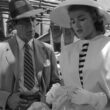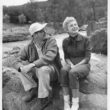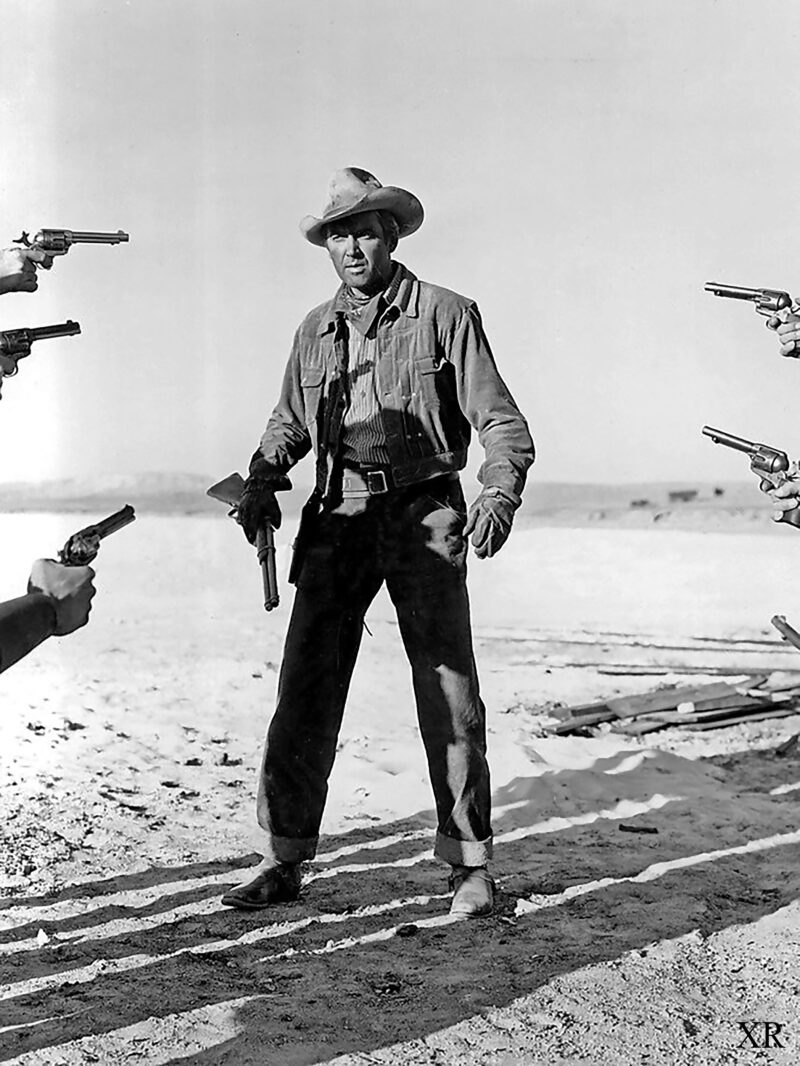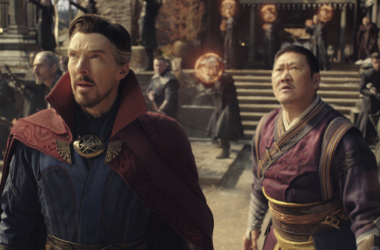Money Or Morals?
In Mann’s 1955 experimentation he marks a vital piece in his collaboration with Jimmy Stewart, an actor much known for his comforting figure preserving of all innocence (a breath of fresh air on a cinematic landscape tainted by the high contrast morality of the noir). Stewart uses the western like every actor before and after him: as a career move. For the western is the landscape of not only American history of morality but too the wide landscape of its most illustrious stars. Stewart’s ‘The Man From Laraine’ is a bit sweeter on the soul, for even though greed doesn’t consume his soul like other characters of his, revenge does. If Stewart served the western to showcase its immoral obsession with capital land, one turned dark and obsessive, here it’s as if we have a preparation for the primary motivation of genre pieces decades after: Revenge. Will Lockhart’s revenge is made justified by today’s standards or a violently numb and post Spaghetti Western, revenge filled western revisions, even tame as a matter of fact. What makes his moral questioning so substantial even by todays standards ais that the standards in which Lockhart are held to appear to be higher.
FATHER FIGURES IN THE WEST-
In 1949 John Wayne starred in the John Ford picture “She Wore A Yellow Ribbon”. A point of transition for Ford and his progression as an artist. In it, the youthful figure of stagecoach is now a benevolent father figure, a flawed one but for different reasons than later years, for his morality and respect remain intact. His moral idealism is ever lasting. In Mann’s picture years later, the father figure of Alec Waggoman is presented as water in a never ending desert. The guidance and purpose he provides is, for the character of Vic Hansbro, everything.
“I don’t care about that, the money is all that I care about”
Vic, possessing the purposeless obsession Stewart himself would a for a few years, is consumed by his obsession with money and business, and by doing so fully cuts the ties between him and the father figure he so deeply desired the validation of. His character, walking between two winds with a common direction, lying and trading to benefit from the finances and approval of his father figure finds himself in a predicament. Once he fights his father figure is when the truest compromise is made, polite society’s foundation falls entirely onto the floor. Once the winds of the existing love for his father figure and saving himself and his money go different ways, he makes his choice. This is what tells Anthony Mann apart. The capacity for the deep conflicting, complex, self destructive and all defining psychological choices characters make and how they relate to the environments around them. With Anthony Mann salvation always appears possible, but so does the absolute moral corruption of every character in the picture. Considering Stewart would play characters who act the same way, with the same obsession if not worse himself, one could say the moment he killed his father figure, was the moment Vic Hansbro became a modern American. A figure of the modern western and the new “polite society”.
Dave Waggoman is a naive young man with aspirations much similar to that of one who aspires to join the army. The son of a father who, in his older days could be seen as a Gary Cooper/John Wayne like figure of bravery, Waggoman yearns for bravery. While not in a self fulfilling moral dilemma between the his obsession with money and his obsession with fatherly love like his adoptive brother, the young man falls victim to modern times as his lively altruism results in nothing more than the deep sadness of his father over his passing.
In an Anthony Mann picture spiritual corruption appears as easily deductible as salvation. For that, his tale of a character on a mission like this, while not as corruptive as the naked spur at first glance, rides a fine line between a strict moral code dictated not by society and its necessities, but morals. For the character of Will, revenge is a rightful act considering the unjust murder of young people likely as idealistic as Dave. Vic Hansbro is a modern American, he eats away at the young, poorly guided, idealistic ones in order to make profit, in order to fulfill his own need for approval. Taking all this into consideration alongside the years and years of tales of revenge that would follow in Italian and American cinema, Lockhart’s anger appears just, some audience member perhaps even long for the moment he will look the animal Vic Hansbro in the eyes and kill him mercilessly for what he’s done, for what he represents, and in a fashion similar to John Wayne in the searchers (with a similar hatred for native Americans) except perhaps in a much more well composed manner, Lockhart lets go of his rightful revenge in exchange for rightful actions. His anger for the Native American is redirected to the exploitative American white man who lied his way through empty land and caused the death of many who never saw his face in the ones who pulled the trigger. What Lockhart finds is composure, reconciliation, and a piece of himself even the audience thought was gone, a piece of the now nearly pessimistic western genre, genre fanatics who have been so for years thought themselves was once gone. The psychology and societal awareness of ‘The Man From Laramie’ represents American idealism of individuality, for while Mann doesn’t push Stewart’s sweetness like Leone pushed Fonda’s (not even close as a matter of fact) Stewart’s goal of starting a change in his public persona perfectly married a script and a diretor that found their country’s perception in amidst the same transition.
It’s not Mann’s darkest picture, doesn’t even come close to it, but its psychological intricacies and conflicts are just as complicated and ahead of any other westerns at the time. Mann’s attention towards how human psychology relates to American society created an echoes of influences all the way from Sergio Corbucci’s masterpiece ‘The Hellbenders’ (a picture with characters and commentary that appear straight out of a Mann picture) to Killers Of The Flower Moon (a picture that takes the mystery murders and Mann’s character work) and the entirety of Scorsese’s work. The Man From Laramie is, at the very least, an exceptional piece of a film in what is inarguably one of the greatest filmographies in cinema history.








